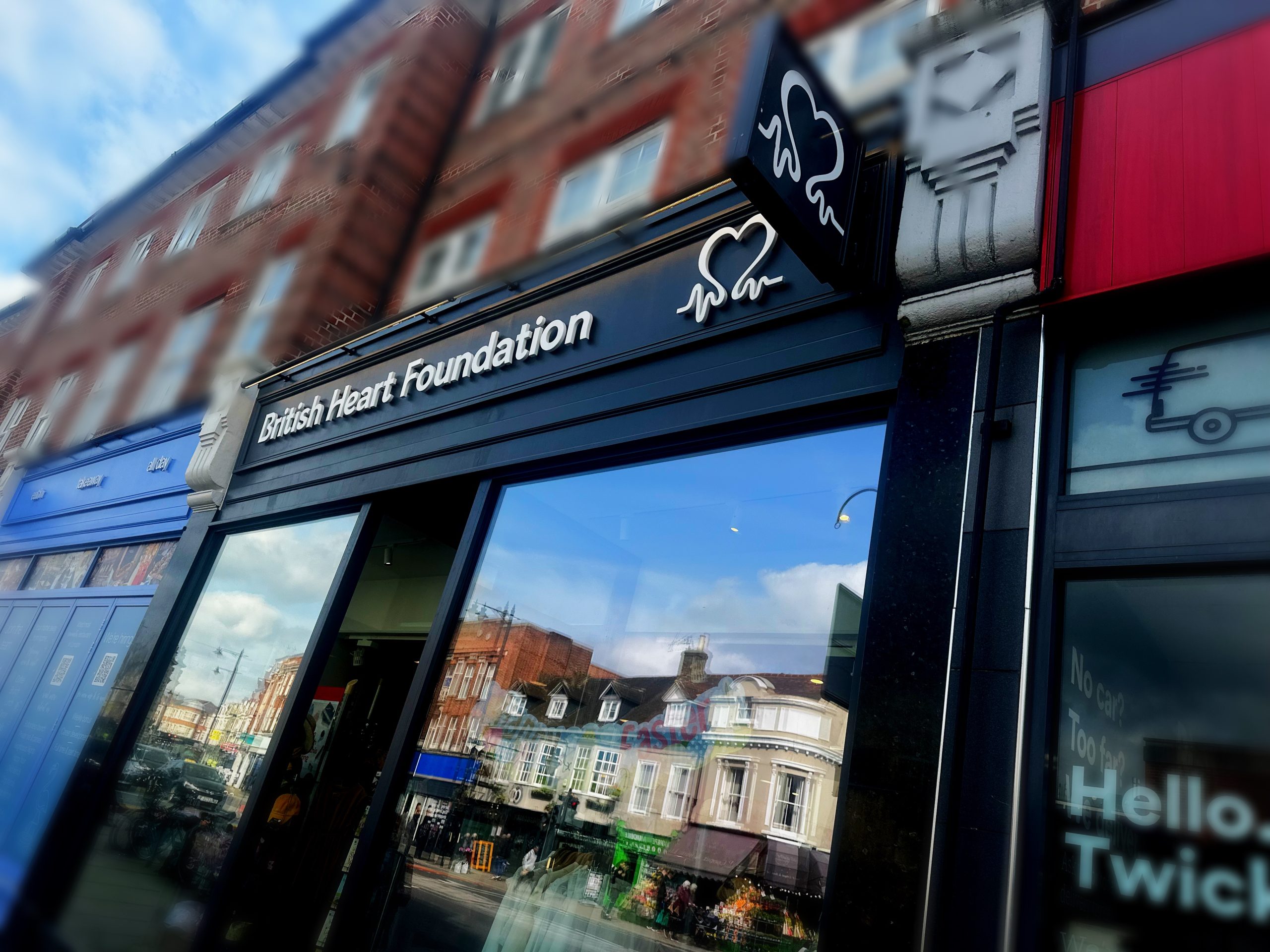The Uffizi Gallery, renowned for its Renaissance collection of Botticellis and Michelangelos, has acquired a work by a British street artist who began spray-painting in London a decade ago.
The gallery in Florence unveiled a self-portrait by the UK-based artist Endless on Monday. The montage, a comment on advertising and consumer culture, will become the first piece by a street artist to go on display in the Uffizi.
Endless, who keeps his identity hidden, said he was “excited and honoured”, adding: “I didn’t know how it would fit into the gallery exactly.” The work’s inclusion “breaks the mould” for street art, he said, and, in a year in which galleries and museums have closed their doors, showed how important the art form had become.
The self-portrait features two photographs of the artist stacked on top of each other. His face is obscured by a reworking of a Calvin Klein advert, in which Mark Wahlberg appeared in briefs. Endless first began painting this “crotch grab” image on London walls in 2014. To either side of the artist are photos of the art duo Gilbert and George, mentors and early supporters of his work.
Though the piece strays from the Renaissance canon for which the Uffizi is renowned, the gallery’s director, Eike Schmidt, said it “references artworks we have in the collection on multiple levels”.
“The crotch grab references the pose of the Venus de’ Medici [sculpture] and Botticelli’s Venus but transplants it from the female to the male body. We also have several group portraits; the most famous would be Rubens’ Four Philosophers.”
The advertising-inspired crotch grab was less provocative than the Uffizi’s Renaissance pieces, Endless said. “I don’t think it’s any more scandalous than the nudes that are already in there. He’s got pants on.”
Endless said including street artists in museums was a way of “pushing things forward”. “Some street artists would never touch a gallery but most street artists are artists in their own right and a lot would want to do gallery shows.”
Street art was a means for Endless to “advertise” his talent. Having trained in fine art for six years, it took over five more years for the artist to be selected for his first exhibition. He spent his time creating artwork on walls across east and west London. “At one point I was doing street art four or five times a week, making it during the day and putting it up at night,” he said.
In 2014 and 2015 he began creating street art “prolifically”, and he first featured in exhibitions in 2016. In 2018, Schmidt approached him to ask for a donation.
Endless said the inclusion of his work was a culmination of a decade in which street art had “gained more respect”. “Banksy created the foundations by using the media to push street art into a certain direction.”
The art form has gained further prominence during the pandemic with the help of social media. Last July Banksy graffitied a London tube train with cartoon rats, while telling people to wear masks via his Instagram page.
Endless said: “When everything was shut during the pandemic, more street art appeared illegally and some big murals were planned. People were going on their daily walks and seeing street art even more.
“The pandemic has shown the strength of artwork in general. People need it. They want to go to the museums and galleries but they can’t so they’ve gone online.”
While British galleries remain closed, the Uffizi is open to visitors. Schmidt hopes the Italian gallery can bring street art to new audiences when Endless’s piece goes on display this summer. Though taking street art off the street “changes its character”, he conceded, “if you give us two or three years, there will be more street artists added to our collection.”




